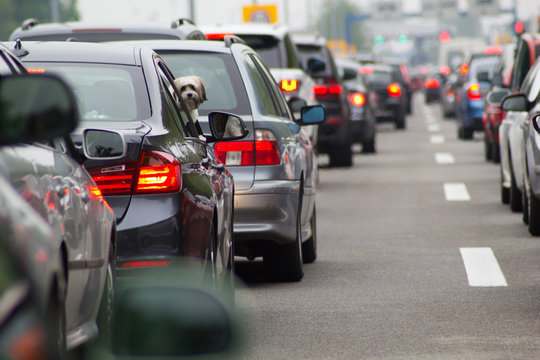Contact Us
RoadVision AI
Private Limited
Office No. 308 & 310, B Block
Ansal Chamber - 1, Bhikaji Cama Place,
Near Engineers India Limited (EIL) Bhawan, New Delhi - 110066
© 2024 | RoadVision AI | All rights reserved
Road safety barriers play a critical role in enhancing the safety of road users by preventing vehicles from leaving the roadway or crossing into oncoming traffic. IRC:78-2014, part of the IRC Code series, provides comprehensive guidelines on the design, installation, and maintenance of road safety barriers. This article explores the significance of IRC:78-2014 and its application in modern road infrastructure.

IRC:78-2014 is a detailed guideline focusing on the selection, placement, and design of road safety barriers. These guidelines aim to reduce the severity of accidents and enhance overall road safety.
The primary objectives include:
The code categorizes safety barriers into two primary types:
The placement of road safety barriers depends on several factors:
Key design considerations include:
Regular maintenance is essential to ensure the effectiveness of road safety barriers. The code recommends:
Safety barriers are crucial for highways to prevent vehicles from crossing medians or leaving the road at high speeds.
In urban settings, barriers help protect pedestrians and cyclists, especially in areas with high traffic density.
On roads in hilly areas, barriers are vital to prevent vehicles from plunging down slopes or cliffs.
Proper implementation reduces fatalities and injuries caused by vehicle collisions.
Standardized guidelines ensure consistent safety measures across road networks.
Preventing accidents reduces long-term costs associated with medical expenses, litigation, and repairs.
IRC:78-2014 offers a structured approach to designing, installing, and maintaining road safety barriers, ensuring the safety of road users in diverse conditions. By adhering to these guidelines, engineers can create safer roadways that minimize accident severity and protect lives. Its relevance in both urban and rural settings makes it an indispensable resource for modern road safety planning.
RoadVision AI is transforming road infrastructure development and maintenance with its innovative AI in road maintenance and AI in road construction solutions. By utilizing cutting-edge computer vision technology and digital twin models, the platform conducts comprehensive road safety audits, enabling the early detection of potholes, cracks, and other surface issues for timely repairs and enhanced road conditions. The use of AI in road safety also extends to traffic surveys, providing data-driven insights to tackle challenges like traffic congestion and optimize road usage. Focused on building smart roads, RoadVision AI ensures full compliance with IRC Codes, empowering engineers and stakeholders to reduce costs, minimize risks, and elevate road safety and transportation efficiency.